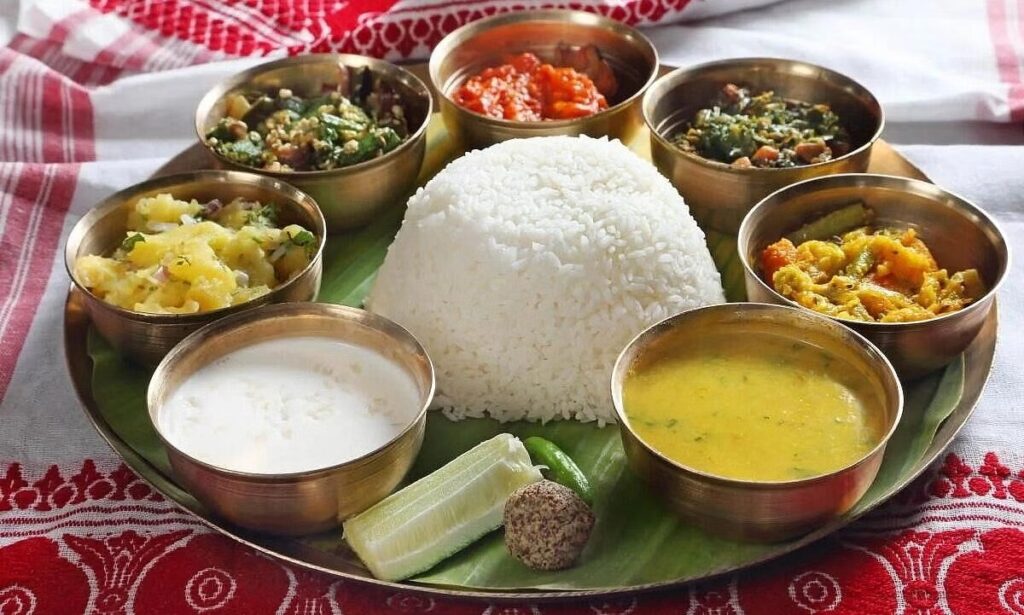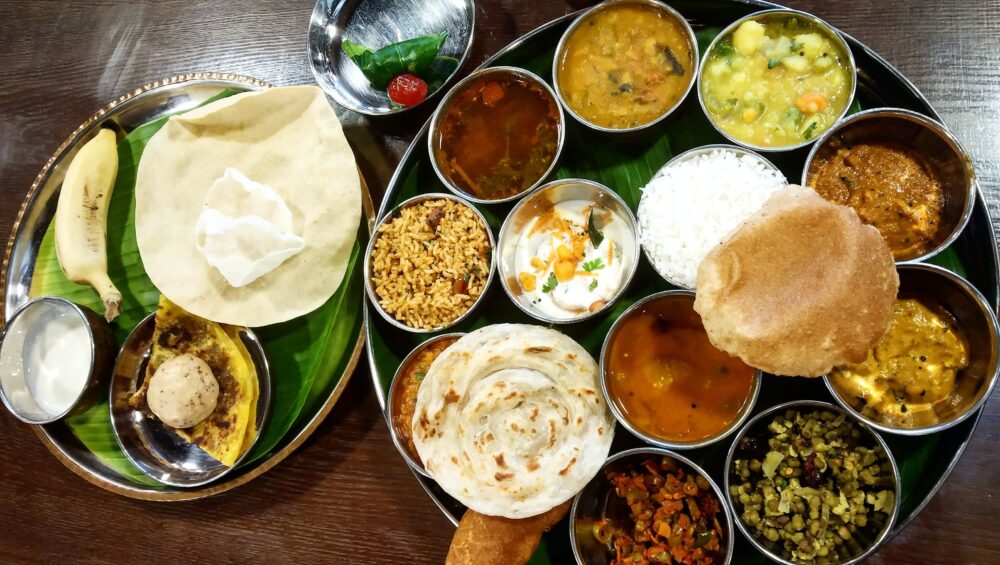Rice as a Staple Food: A Journey Through Traditions of rice
Rice, with its versatility, adaptability, and rich history, holds the esteemed position of being a staple food in many cultures around the world. From Asia to Africa, Europe to the Americas, rice plays a central role in traditional cuisines, cultural practices, and daily life. In this blog post, we will embark on a journey to explore the significance of rice as a staple food and how it has enriched cultures across the globe.
Asian Heritage:
Rice has deep roots in Asian cultures, where it has been cultivated and consumed for thousands of years. Countries such as China, India, Japan, Thailand, and Vietnam have diverse rice-based dishes that are integral to their culinary traditions. Whether it’s fragrant basmati rice in Indian biryanis, sticky rice in Thai mango sticky rice, or sushi rice in Japanese delicacies, rice is the foundation of countless Asian recipes.
Cultural Significance:
Rice extends beyond being merely a source of sustenance. It holds immense cultural significance in many societies. In Asian weddings, rice is often considered a symbol of prosperity and fertility, with rituals involving rice tossing or rice cakes. In festivals and celebrations, rice-based dishes are prepared and shared, fostering a sense of community and tradition.

Nutritional Value:
Rice is not only culturally important but also nutritionally valuable. It is a complex carbohydrate that provides energy, dietary fiber, vitamins, and minerals. With different varieties like brown, white, and wild rice, people have options to suit their dietary needs and preferences. Rice serves as a wholesome and nourishing component of meals, supporting balanced nutrition in many cultures.
Culinary Versatility:
One of the remarkable aspects of rice is its versatility in the kitchen. It can be transformed into a multitude of dishes, adapting to various flavors, cooking methods, and ingredients. From savory pilafs and spicy curries to creamy risottos and refreshing rice salads, rice offers endless possibilities for culinary creativity. Its ability to complement different ingredients makes it an ideal partner in exploring diverse flavors.
Social Bonding:
Rice transcends the realm of food and connects people on a social level. Sharing a meal of rice often symbolizes unity, friendship, and hospitality. In many cultures, gatherings and feasts are centered around rice-based dishes, fostering a sense of togetherness and strengthening social bonds.
Global Influence:
The impact of rice extends far beyond its native regions. As cultures have blended and migrated, so has the love for rice. In the Americas, rice has become a staple in Latin American and Caribbean cuisines, featuring prominently in dishes like arroz con pollo and jambalaya. In Africa, rice cultivation has flourished, leading to the development of flavorful dishes like jollof rice and biryani, showcasing the fusion of local and international influences.
Conclusion:
Rice’s status as a staple food in many cultures speaks volumes about its importance and enduring legacy. Its role goes beyond sustenance, with rice serving as a symbol of tradition, nutrition, and unity. Whether it’s the aromatic basmati rice of India or the sticky rice of Thailand, rice binds communities and enriches culinary experiences worldwide. So, let’s celebrate the diverse cultures and their shared love for this remarkable grain that unites us all.




